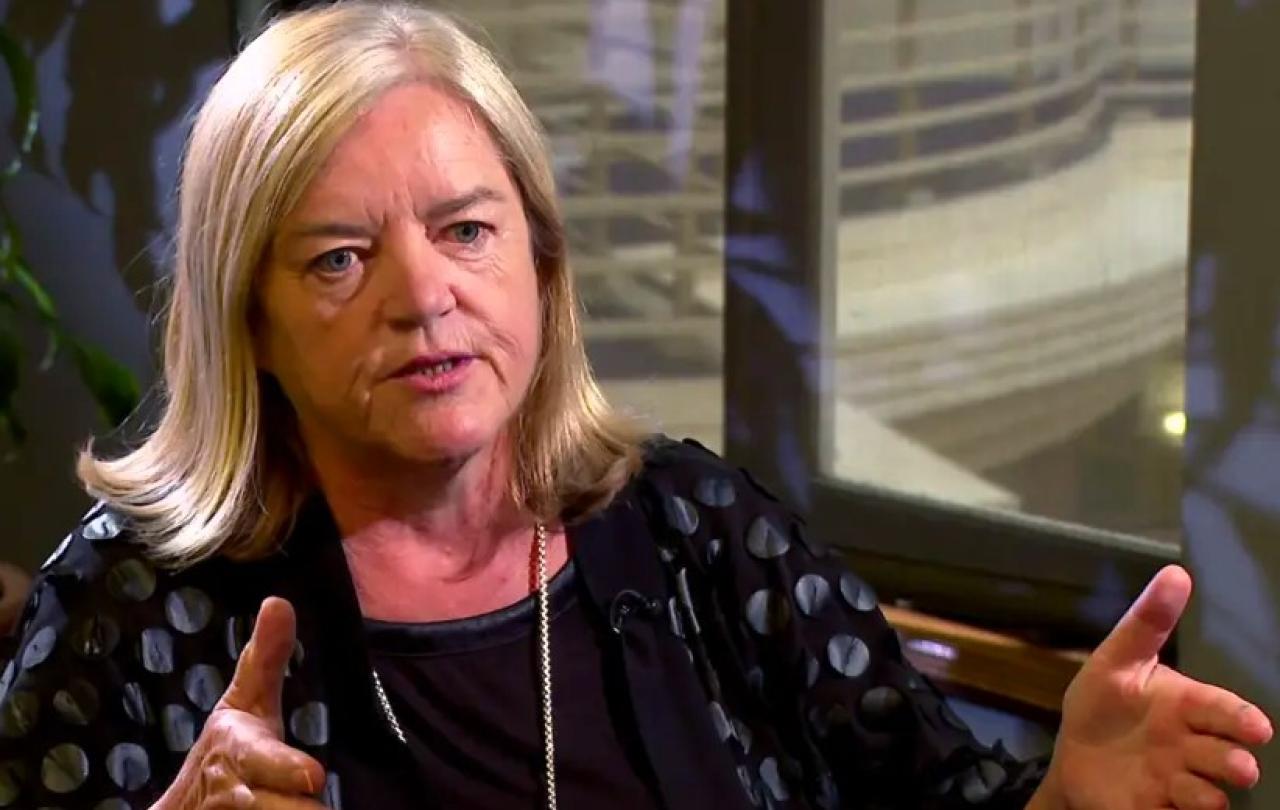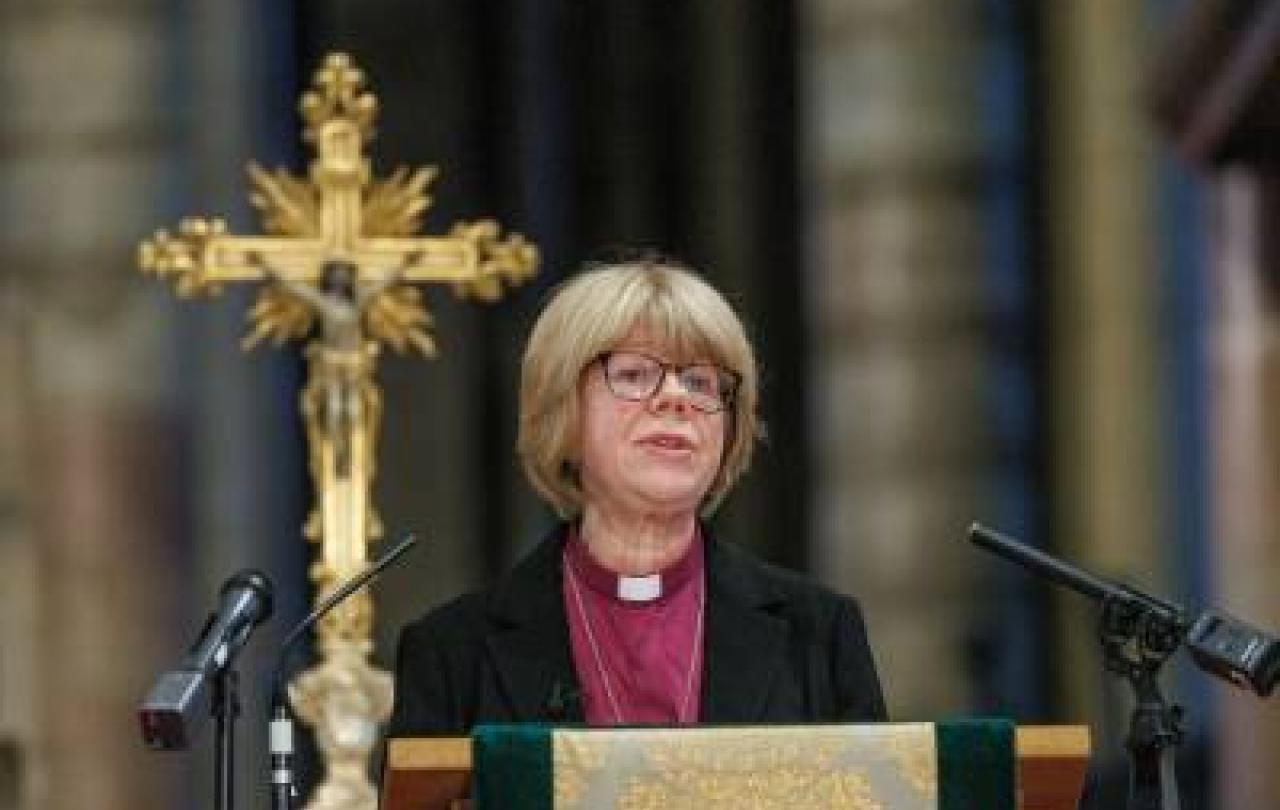
Why do our leaders struggle so profoundly with admitting error?
Media and inquiries regularly report on such failures in the NHS, the Home Office, the Department of Work and Pensions, HMRC, the Metropolitan Police, the Ministry of Defence, and so many more public institutions. Often accompanied by harrowing personal stories of the harm done.
In a recent white paper (From harm to healing: rebuilding trust in Britain’s publicly funded institutions), I defined “harm” as a holistic concept occurring where physical injury or mental distress is committed and sustained and explained that harm is generally something that is caused, possibly resulting in injury or loss of life.
When we look at harm from an institutional perspective, structural power dynamics inevitably oppress certain groups, limit individual freedoms, and negatively affect the safety and security of individuals. But when we look at it through the lens of the individuals who run those institutions, we see people who often believe that they are acting in good faith, believe that their decisions won’t have a significant impact, who don’t have time to think about the decisions they are making, or worse still, prefer to protect what is in their best interest.
Even well-intentioned leaders can become complicit in cycles of harm - not just through malice, but through their lack of self-awareness and unwillingness to put themselves in the shoes of the person on the receiving end of their decisions.
Martin Luther King Jr supposedly said, “the ultimate measure of a man is not where he stands in moments of comfort and convenience, but where he stands at times of challenge and controversy.” In contemporary politics, leaders are neither selected nor (largely) do they remain, because of their humility. Humility is synonymous with weakness and showing weakness must be avoided at all cost. Responsibility is perceived as something that lies outside of us, rather than something we can take ownership of from within.
So, why do leaders struggle so profoundly with admitting error?
The issue is cultural and three-fold.
First, we don’t quantify or systematically address human error, allowing small mistakes to escalate.
We then enable those responsible to evade accountability through institutional protection and legal barriers.
Finally, we actively discourage truth-telling by punishing whistle-blowers rather than rewarding transparency. Taken together, these create the very conditions that transform errors into institutional harm.
Nowhere is this plainer than in Baroness Casey’s recent report on Group-based Child Sexual Exploitation and Abuse that caused the Government to announce a grooming gangs inquiry. In this case, the initial harm was compounded by denial and obfuscation, resulting not just in an institutional failure to protect children, but system-wide failures that have enabled the so-called “bad actors” to remain in situ.
Recently, this trend was bucked at Countess of Chester Hospital where the police arrested three hospital managers involved in the Lucy Letby investigation. Previously, senior leadership had been protected, thus allowing them to evade accountability. Humble leadership would look like acting when concerns are raised before they become scandals. However, in this case, leadership did act; they chose to bury the truth rather than believe the whistle-blowers.
Until we separate admission of error from institutional destruction, we will continue to incentivise the very cover-ups that erode public trust.
The answer to our conundrum is obvious. In Britain, accountability is conflated with annihilation. Clinging onto power is the only option because admitting error has become synonymous with career suicide, legal liability, and is tantamount to being hanged in the gallows of social media. We have managed to create systems of governing where the consequences of truth-telling are so severe that denial is the only survival mechanism left. We have successfully weaponised accountability rather than understanding it as the foundation of trust.
If Rotherham Metropolitan Borough Council had admitted even half of the failures Alexis Jay OBE identified in her 2013 report and that Baroness Casey identifies in her 2025 audit, leaders would face not only compensation claims but media storms, regulatory sanctions, and individual prosecutions. It’s so unthinkable to put someone through that that we shrink back with empathy as to why someone might not speak up. But this is not justice. Justice is what the families of Hillsborough have been seeking in the Public Authority (Accountability) Bill: legal duties of candour, criminal offences for those who deliberately mislead investigations or cover-up service failures, legal representation, and appropriate disclosure of documentation.
Regardless of your political persuasion, it has to be right that when police misconduct occurs, officers should fear not only disciplinary action and criminal charges. When politicians admit mistakes, they should face calls for their resignation. Public vilification is par for the course. Being ejected from office is the bare minimum required to take accountability for their actions.
The white paper shows that the cover-up always causes more damage than the original error. Institutional denial - whether relating to the Post Office sub-postmasters, the infected blood scandal victims, grooming gang victims, Grenfell Towers victims, Windrush claimants, or Hillsborough families - compounds the original harm exponentially.
In a society beset with blame, shame, and by fame, it is extraordinary that this struggle to admit error is so pervasive. Survivors can and will forgive human fallibility. What they will not forgive is the arrogance of institutions that refuse to acknowledge when they have caused harm.
The white paper refers to a four-fold restorative framework that starts with acknowledgment, not punishment. The courage to say “we were wrong” is merely the first step. Next is apology and accountability followed by amends. It recognises that healing - not just legal resolution - must be at the heart of justice, treating both those harmed and those who caused it as whole human beings deserving of dignity.
Until we separate admission of error from institutional destruction, we will continue to incentivise the very cover-ups that erode public trust. I was recently struck by Baroness Onora O’Neill who insisted that we must demand trustworthiness in our leaders. We cannot have trustworthiness without truth-telling, and we cannot have that without valuing the act of repairing harm over reputation management. True authority comes from service, through vulnerability rather than invulnerability; strength comes through the acknowledgement of weakness not the projection of power.
We must recognise that those entrusted with power have a moral obligation to those they serve. That obligation transcends institutional self-interest. Thus, we must stop asking why leaders struggle to admit error and instead ask why we have made truth-telling so dangerous that lies seem safer.





